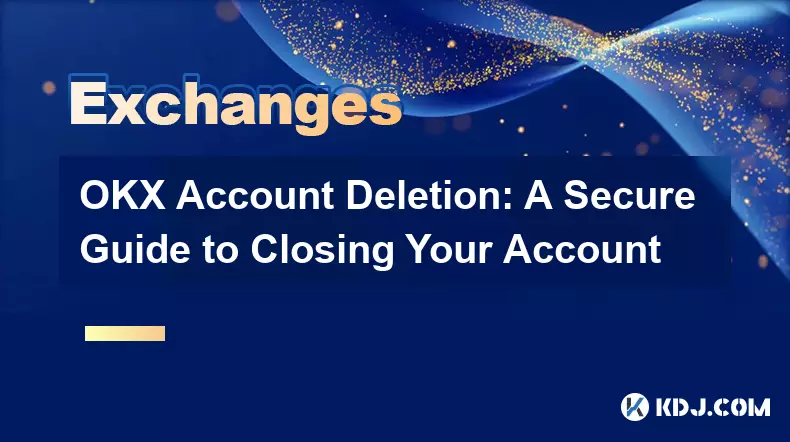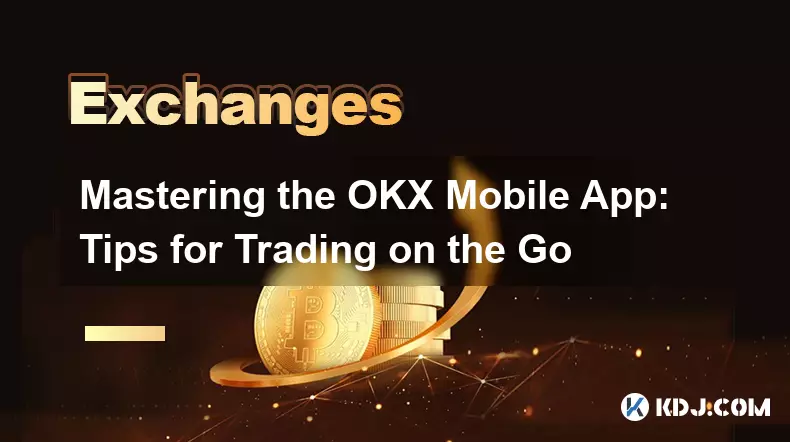-
 bitcoin
bitcoin $100977.009184 USD
-2.05% -
 ethereum
ethereum $3282.009150 USD
-3.23% -
 tether
tether $0.999813 USD
-0.02% -
 xrp
xrp $2.208254 USD
-4.89% -
 bnb
bnb $951.411089 USD
0.55% -
 solana
solana $155.761205 USD
-2.84% -
 usd-coin
usd-coin $1.000217 USD
0.02% -
 tron
tron $0.284475 USD
-1.28% -
 dogecoin
dogecoin $0.162363 USD
-1.53% -
 cardano
cardano $0.533988 USD
-0.47% -
 hyperliquid
hyperliquid $39.174339 USD
-3.22% -
 chainlink
chainlink $14.724828 USD
-1.16% -
 bitcoin-cash
bitcoin-cash $477.297986 USD
-1.28% -
 zcash
zcash $554.227426 USD
17.30% -
 ethena-usde
ethena-usde $0.998995 USD
-0.03%
Bybit Trading Fees vs. Competitors: An In-Depth Cost Analysis
Bybit offers competitive trading fees, a generous referral program, and no API or deposit charges, making it cost-effective for active and algorithmic traders.
Nov 05, 2025 at 09:35 am

Bybit’s Fee Structure Overview
1. Bybit operates on a tiered maker-taker fee model that applies to both spot and derivatives trading. For perpetual and futures contracts, standard taker fees are set at 0.06%, while maker fees sit at 0.01%. These rates are competitive compared to many centralized exchanges but vary based on user volume and VIP tier eligibility.
2. Spot trading on Bybit follows a simpler structure with taker fees at 0.10% and maker fees at 0.08%. While slightly higher than some leading platforms, the difference is mitigated by rebate programs for high-volume traders.
3. Bybit offers a referral program that allows users to earn rebates on their trading fees, effectively reducing net costs for active traders who bring in new users. This indirect cost reduction mechanism sets it apart from exchanges without such incentives.
4. Funding rates in perpetual contracts are determined by market demand and are paid between traders, not collected by Bybit as revenue. The exchange only charges trading fees, which makes its income stream transparent and predictable.
5. Withdrawal fees on Bybit are generally aligned with industry averages, though they fluctuate depending on network congestion and blockchain type. Users must monitor these dynamically updated costs when planning asset movements.
Comparison with Binance
1. Binance maintains one of the most aggressive fee models in the industry, with standard taker fees at 0.04% and maker fees at 0.02% for futures trading. This gives Binance a slight edge over Bybit in raw percentage terms.
2. However, Binance requires significantly higher 30-day trading volumes to unlock top-tier discounts. Bybit’s VIP program becomes accessible faster for mid-tier traders, allowing quicker access to reduced rates.
3. Binance charges separate fees for API usage under certain conditions, whereas Bybit does not impose additional API-related costs, making automated trading more cost-effective on Bybit for algorithmic strategies.
4. Binance’s spot trading fees start at 0.10% for takers and 0.10% for makers unless discounted via BNB usage. Paying fees in BNB grants a 25% discount, creating a loyalty-driven savings model absent on Bybit.
5. Both platforms offer referral rebates, but Binance limits the number of direct referrals per account, while Bybit allows unlimited referrals, enhancing long-term earning potential through shared fee revenue.
Kraken and Bitfinex: Premium Platforms with Different Trade-offs
1. Kraken enforces a steeper fee curve, with taker fees starting at 0.20% and descending slowly with volume. Its reputation for security and regulatory compliance comes at a higher cost for frequent traders.
2. Bitfinex employs a nuanced fee schedule where maker fees can go as low as -0.01% (rebate), but taker fees begin at 0.10%. This rewards liquidity providers more generously than Bybit, appealing to professional market makers.
3. Kraken does not offer any form of referral-based fee sharing, eliminating passive income opportunities available on Bybit and limiting overall cost mitigation options.
4. Bitfinex includes advanced order types and margin tools that justify its fee structure for institutional clients, but retail traders may find Bybit’s interface and lower entry barriers more favorable.
5. Cross-margin funding on Bitfinex incurs interest charges calculated hourly, adding hidden costs not present in Bybit’s isolated margin system, where position risk is contained without ongoing interest accrual.
Frequently Asked Questions
What determines a user's VIP tier on Bybit?
User VIP status on Bybit depends on 30-day trading volume and average BTC holdings. Higher values in either category elevate the user to better tiers, resulting in lower trading fees and increased withdrawal limits.
Does Bybit charge fees for deposits?
No, Bybit does not charge fees for depositing cryptocurrencies. All deposit transactions are free, regardless of token type or network used.
How do funding rates affect traders on Bybit?
Funding rates are periodic payments exchanged between long and short positions in perpetual contracts. Traders holding positions during funding intervals will either pay or receive funds based on the prevailing rate, influencing overall profitability.
Can using a native token reduce fees on Bybit?
Bybit does not currently offer a native utility token for fee discounts. Unlike other exchanges that incentivize token ownership, Bybit relies on volume-based rebates and referral earnings instead.
Disclaimer:info@kdj.com
The information provided is not trading advice. kdj.com does not assume any responsibility for any investments made based on the information provided in this article. Cryptocurrencies are highly volatile and it is highly recommended that you invest with caution after thorough research!
If you believe that the content used on this website infringes your copyright, please contact us immediately (info@kdj.com) and we will delete it promptly.
- BlockDAG, Avalanche, Dogecoin: Crypto's Leading Trio in 2025
- 2025-11-07 22:05:01
- Layer 2 Coins: Will There Be a Potential Explosion by 2026?
- 2025-11-07 16:50:02
- Filecoin, ICP, and the AI Infrastructure Renaissance: Is History Repeating?
- 2025-11-07 16:50:02
- Bitcoin's Wild Ride: Surges, Zeros, and the Search for Stability
- 2025-11-07 17:05:01
- XRP, Bitcoin, and the Rally: What's the Deal, New York?
- 2025-11-07 17:25:01
- Filecoin, DePIN, and a Technical Breakout: What's the Buzz?
- 2025-11-07 17:05:01
Related knowledge

Common Mistakes to Avoid on OKX: A Guide for New Traders
Nov 04,2025 at 03:37pm
Understanding the Interface Before Trading1. New traders often jump into placing orders without fully exploring the OKX platform layout. Taking time t...

OKX TradingView Integration: A Guide to Advanced Chart Analysis
Nov 02,2025 at 03:37am
OKX and TradingView: Bridging the Gap for Professional Traders1. OKX, one of the leading cryptocurrency exchanges, has integrated with TradingView to ...

Finding Your OKX Deposit Address: A Quick and Safe Guide
Nov 05,2025 at 01:15pm
Finding Your OKX Deposit Address: A Step-by-Step Process1. Log into your OKX account using your registered credentials. Ensure you are accessing the o...

OKX Savings Guide: A Low-Risk Strategy for Earning Crypto
Nov 05,2025 at 06:55am
Understanding OKX Savings and Its Role in Crypto Earnings1. OKX Savings offers users a straightforward method to earn passive income by leveraging idl...

OKX Account Deletion: A Secure Guide to Closing Your Account
Nov 05,2025 at 08:44am
Understanding the Implications of Account Closure1. Closing your OKX account permanently removes access to all associated trading features, including ...

Mastering the OKX Mobile App: Tips for Trading on the Go
Nov 05,2025 at 01:19am
Streamlined Navigation for Efficient Trading1. The OKX mobile app features a clean and intuitive interface that allows traders to access key functions...

Common Mistakes to Avoid on OKX: A Guide for New Traders
Nov 04,2025 at 03:37pm
Understanding the Interface Before Trading1. New traders often jump into placing orders without fully exploring the OKX platform layout. Taking time t...

OKX TradingView Integration: A Guide to Advanced Chart Analysis
Nov 02,2025 at 03:37am
OKX and TradingView: Bridging the Gap for Professional Traders1. OKX, one of the leading cryptocurrency exchanges, has integrated with TradingView to ...

Finding Your OKX Deposit Address: A Quick and Safe Guide
Nov 05,2025 at 01:15pm
Finding Your OKX Deposit Address: A Step-by-Step Process1. Log into your OKX account using your registered credentials. Ensure you are accessing the o...

OKX Savings Guide: A Low-Risk Strategy for Earning Crypto
Nov 05,2025 at 06:55am
Understanding OKX Savings and Its Role in Crypto Earnings1. OKX Savings offers users a straightforward method to earn passive income by leveraging idl...

OKX Account Deletion: A Secure Guide to Closing Your Account
Nov 05,2025 at 08:44am
Understanding the Implications of Account Closure1. Closing your OKX account permanently removes access to all associated trading features, including ...

Mastering the OKX Mobile App: Tips for Trading on the Go
Nov 05,2025 at 01:19am
Streamlined Navigation for Efficient Trading1. The OKX mobile app features a clean and intuitive interface that allows traders to access key functions...
See all articles





















![The Graph Price Prediction [GRT Crypto Price News Today] The Graph Price Prediction [GRT Crypto Price News Today]](/uploads/2025/11/07/cryptocurrencies-news/videos/690d4df44fe69_image_500_375.webp)




















































